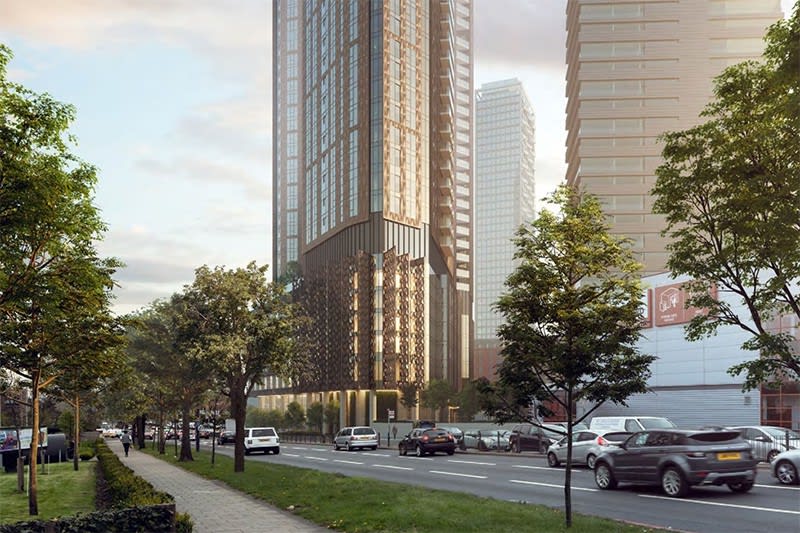After a lengthy pause on lending since the Grenfell Tower crisis, residential buildings with cladding are now potentially fundable, with mainstream lenders, including Barclays. Santander, HSBC, Nationwide, NatWest and Lloyds, are now signed up to providing finance under certain circumstances, where Developer guarantees are in place, for high-rise residential buildings with cladding
These mainstream lenders are seeking to enable lending on blocks over 11 metres where there are potential cladding and safety issues, but an agreed remediation plan funded by either the Government or a developer is in place. However, there are still, issues to be resolved in respect of multi-storey buildings below 11 meters. The table below is a brief guide of current lenders' criteria.
|
Barclays |
Will now be able to lend on affected properties where a recognised remediation scheme is in place. |
|
HSBC |
Will now consider lending on flats which have failed their EWS1 assessment. |
|
Lloyds |
No longer requires an EWS1 form to progress applications for properties in England that are in buildings five storeys or higher. |
|
Nationwide |
Will now lend on affected properties, where the property is covered by the government or developer remediation schemes. |
|
NatWest |
"Will support" more customers with a mortgage on a building with cladding - but only for properties rated A3 or B2 in their EWS1 assessment. |
|
Santander |
Will now consider lending on flats in buildings irrespective of the building's height or whether remediation work has commenced. May still request an EWS1 form in some cases. |
Whilst positive news, like all initiatives, there remain variations from lender to lender and ‘grey’ areas of interpretation. Nevertheless, these ‘green shoots’ to resolve the marketability of clad residential buildings should start to remove the non-fundable nature of some flats within the UK and start to release trapped owners from their property.


